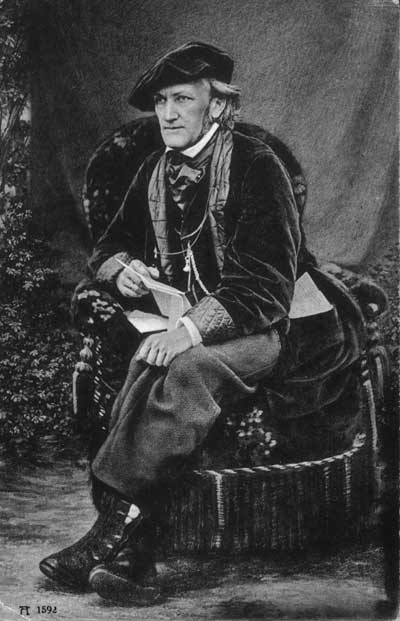‘The overpowering accents of the music that accompanies Siegfried’s funeral cortège no longer tell of the woodland boy who set out to learn the meaning of fear; they speak to our emotions of what is really passing behind the lowering veils of mist: it is the sun-hero himself who lies upon the bier, slain by the pallid forces of darkness — and there are hints in the text to support what we feel in the music: “A wild boar’s fury”, it says, and: “Behold the cursed boar,” says Gunther, pointing to Hagen, “who slew this noble flesh.” The words take us back at a stroke to the very earliest picture-dreams of mankind. Tammuz and Adonis, slain by the boar, Osiris and Dionysus, torn asunder to come again as the Crucified One, whose flank must be ripped open by a Roman spear in order that the world might know Him — all things that ever were and ever shall be, the whole world of beauty sacrificed and murdered by the wintry wrath, all is contained within this single glimpse of myth.’
That magnificent tribute is part of Thomas Mann’s great lecture-essay ‘The Sufferings and Greatness of Richard Wagner’, given on the 50th anniversary of the composer’s death in 1933. Mann the great ironist is here at his least ironic, paying homage to the artist who counted for more in his life than any other. Yet the lecture, delivered in Munich two weeks after Hitler came to power, earned him 12 years of exile, for his alleged ‘lukewarm and patronising praise’.
No one nowadays is likely to be exiled for praise, lukewarm or otherwise, of Wagner, except possibly in Israel. But Wagner remains a figure of violent contention, just as much as he has ever been.








Comments
Join the debate for just £1 a month
Be part of the conversation with other Spectator readers by getting your first three months for £3.
UNLOCK ACCESS Just £1 a monthAlready a subscriber? Log in